Optimal Timing for Garden Drainage Service
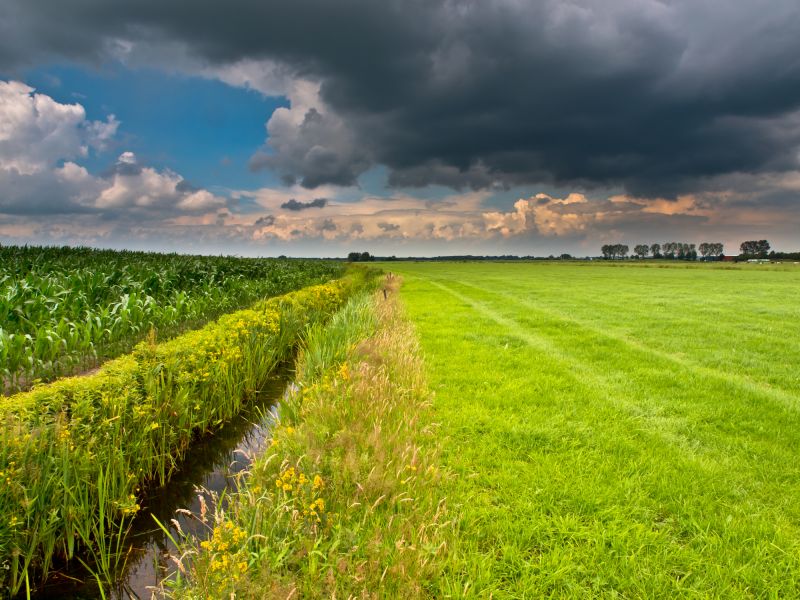
Spring is ideal for addressing drainage issues after winter, preparing the garden for the growing season.
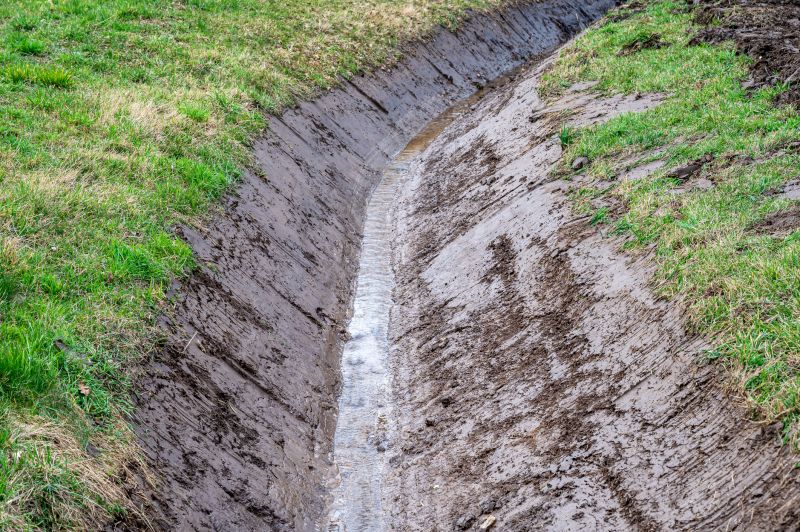
Summer allows for ongoing drainage adjustments, especially before heavy rains or storms.
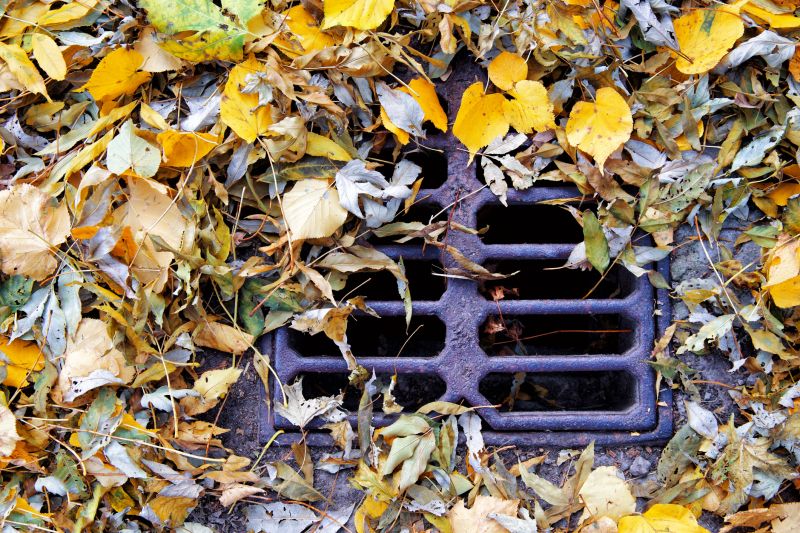
Fall is suitable for resolving drainage problems to prevent winter water accumulation.
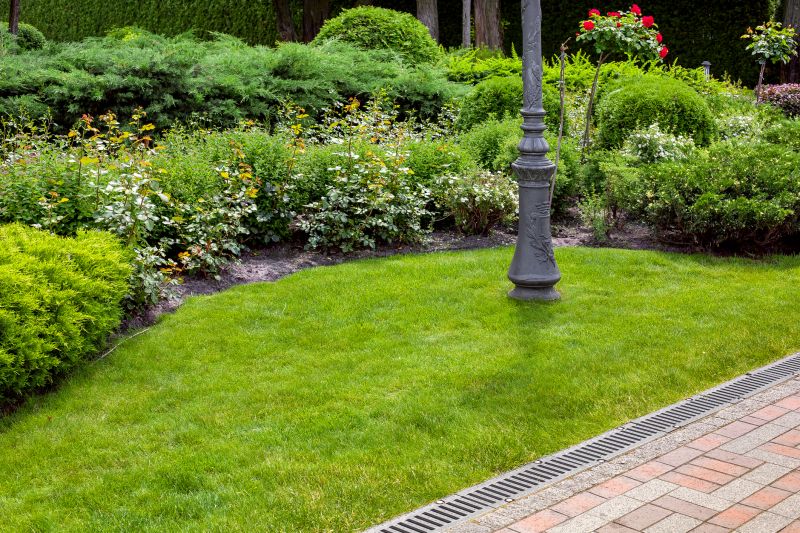
Ways to make Garden Drainage Service work in tight or awkward layouts.
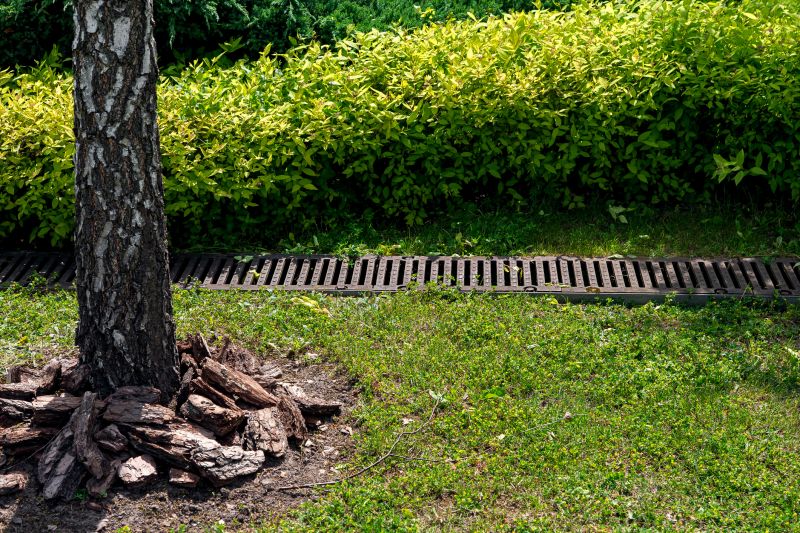
Popular materials for Garden Drainage Service and why they hold up over time.
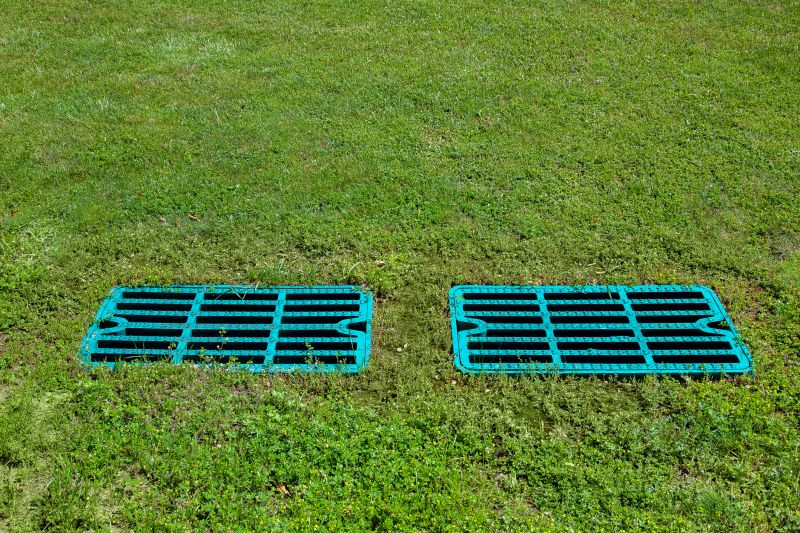
Simple add-ons that improve Garden Drainage Service without blowing the budget.
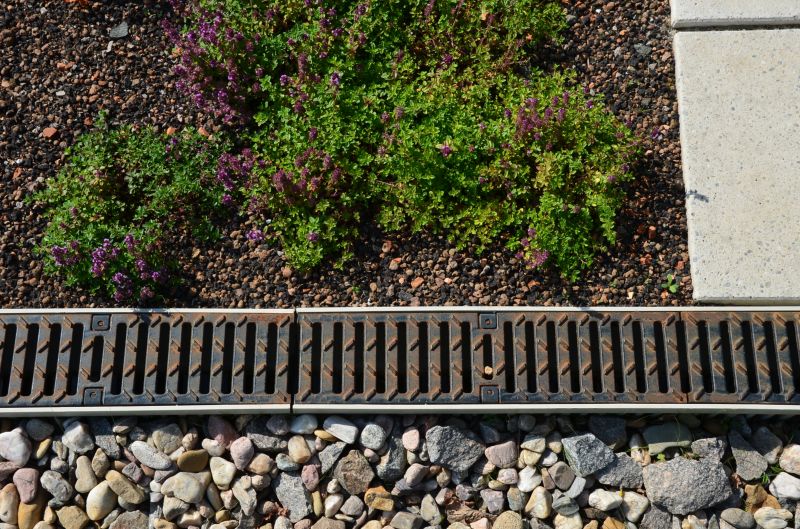
High-end options that actually feel worth it for Garden Drainage Service.

Finishes and colors that play nicely with Garden Drainage Service.
Proper timing for garden drainage service ensures effective water management and prevents issues such as waterlogging and soil erosion. Seasonal conditions influence the optimal period for drainage work, with each season offering unique advantages. Addressing drainage needs during the appropriate time can extend the lifespan of drainage systems and improve garden health.
Statistics indicate that drainage maintenance during early seasons reduces the risk of flooding by up to 40%. Conducting drainage services before heavy rainfall periods minimizes water accumulation and soil damage. Regular assessments aligned with seasonal changes help maintain proper water flow, promoting a healthy and sustainable garden environment.
Timing drainage services with seasonal patterns maximizes efficiency and minimizes disruptions.
Weather influences soil permeability and drainage effectiveness, guiding the best service timing.
Early intervention during the right season can prevent costly repairs and water damage.
Spring and fall are generally the best seasons for comprehensive drainage assessments.

Regular inspections help identify issues early and plan timely maintenance.
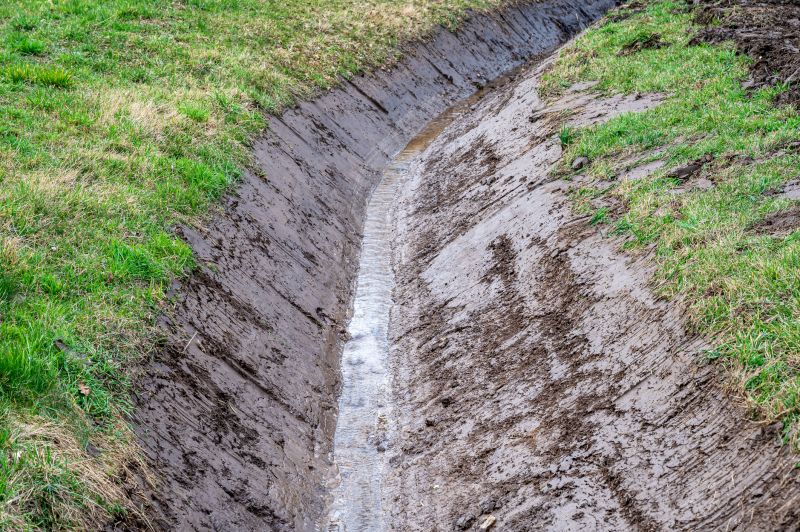
Spring offers optimal conditions for installing new drainage solutions.
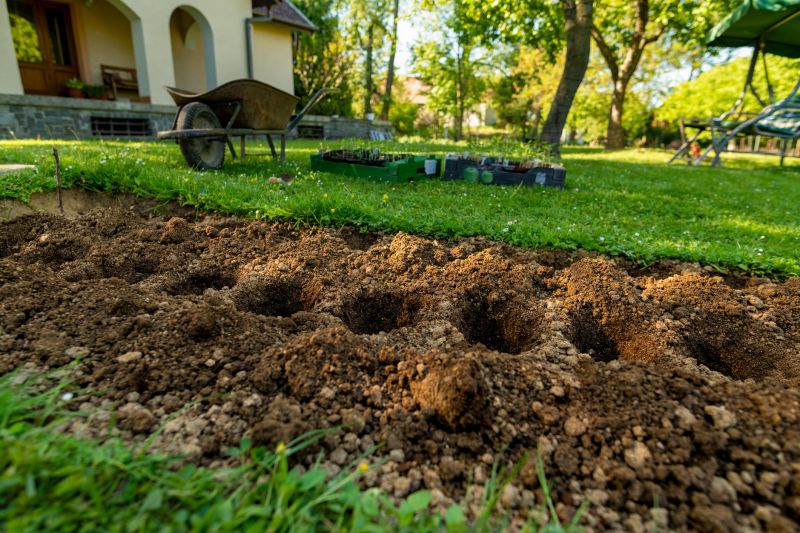
Proper soil preparation enhances drainage efficiency during the optimal seasons.
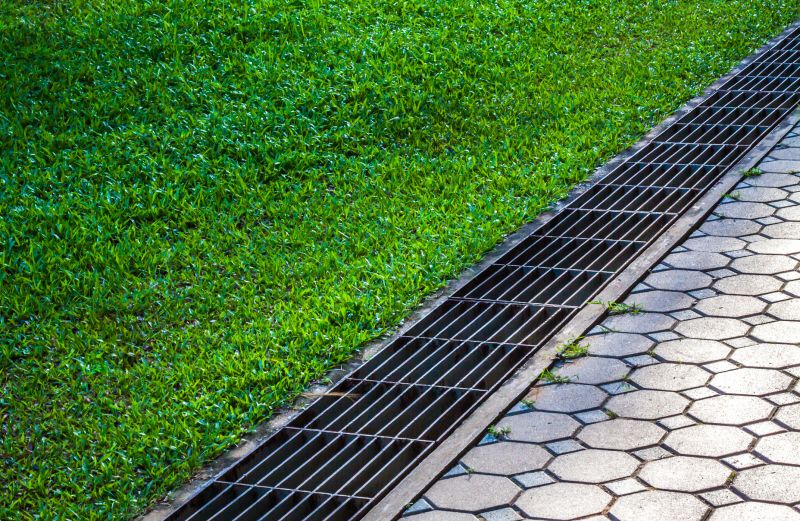
Effective stormwater management is crucial during rainy seasons to prevent flooding.
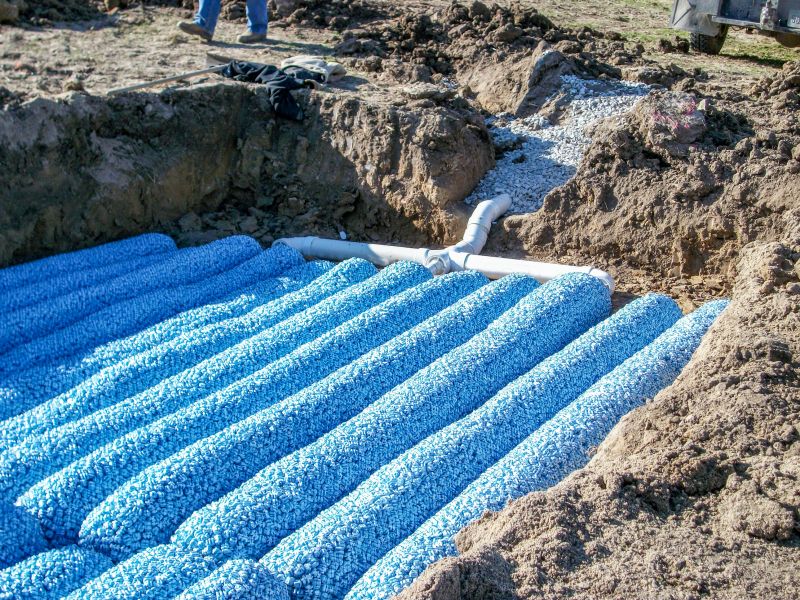
Upgrading drainage during the right season ensures long-term functionality.

Implementing erosion control in fall helps protect garden landscapes before winter.
| Season | Best Activities for Drainage |
|---|---|
| Spring | Inspection, cleaning, and installing new drainage systems |
| Summer | Monitoring, minor adjustments, stormwater management |
| Fall | Maintenance, erosion control, preparing for winter |
| Winter | Limited activity, planning for upcoming seasons |
Scheduling garden drainage services according to seasonal weather patterns enhances their effectiveness. Proper timing allows for thorough system installation, maintenance, and adjustments. It also reduces the risk of water-related damage and soil erosion, ensuring the garden remains healthy and well-drained throughout the year.
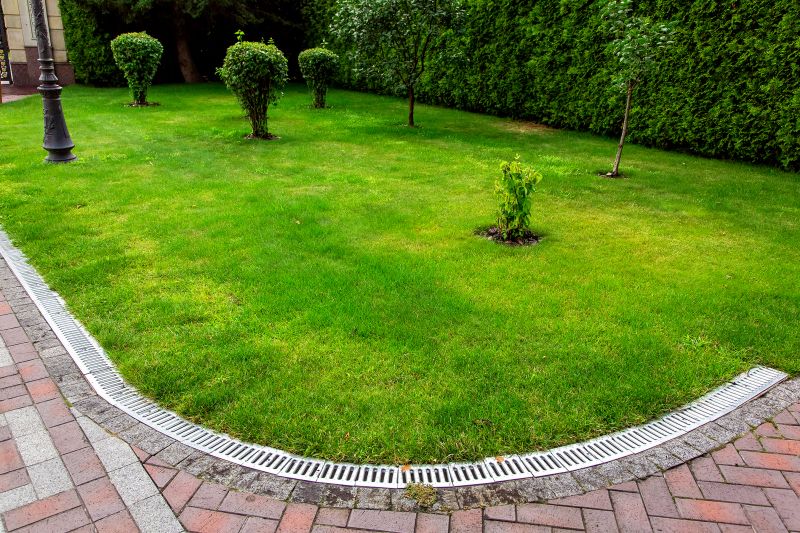
Proper installation during suitable seasons ensures optimal water flow.
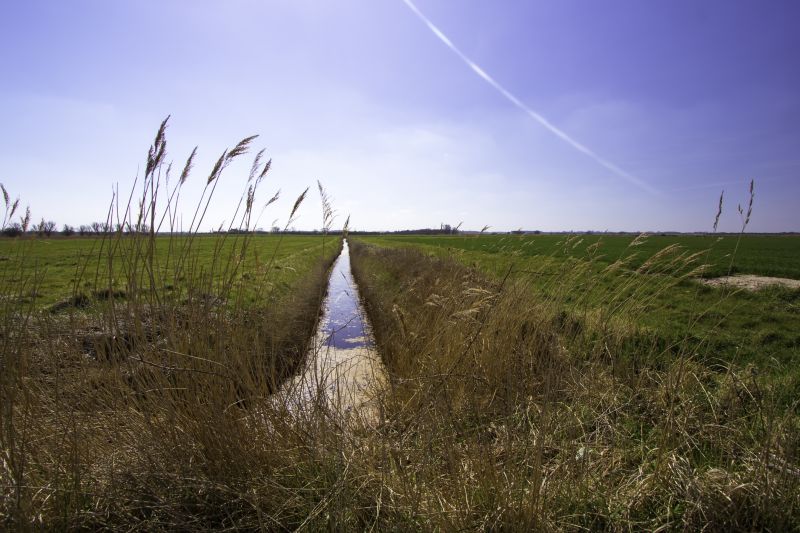
Enhancing soil drainage in spring and fall supports plant health.
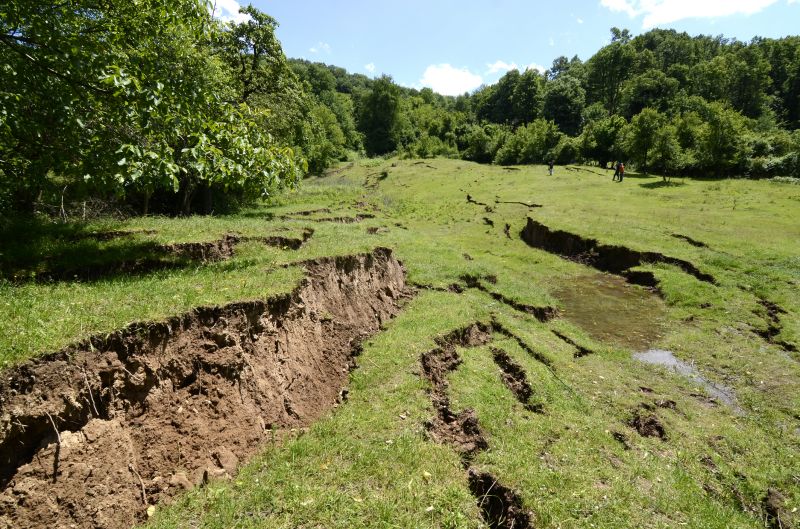
Timing erosion control measures prevents landscape damage.
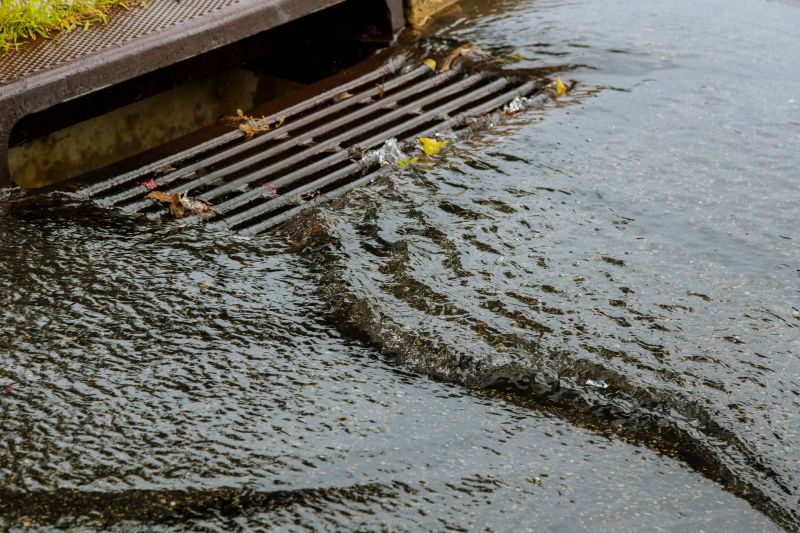
Effective stormwater systems are best installed before rainy seasons.
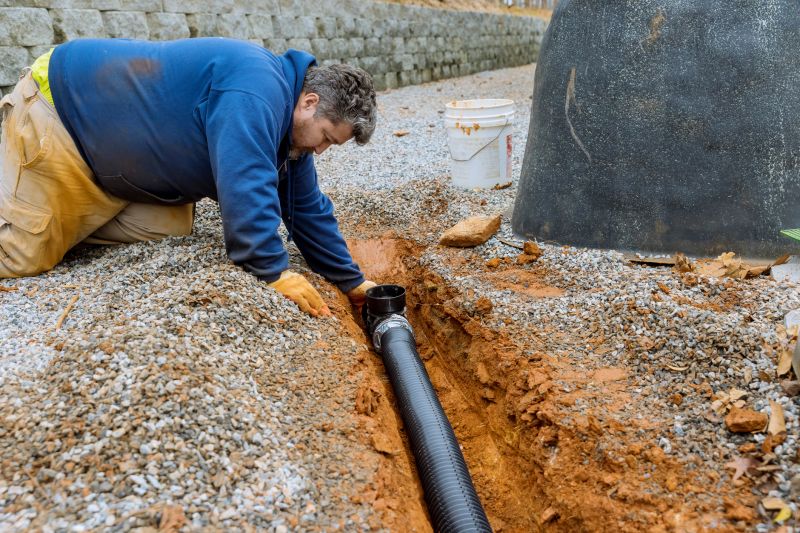
Little measurements that prevent headaches on Garden Drainage Service day.
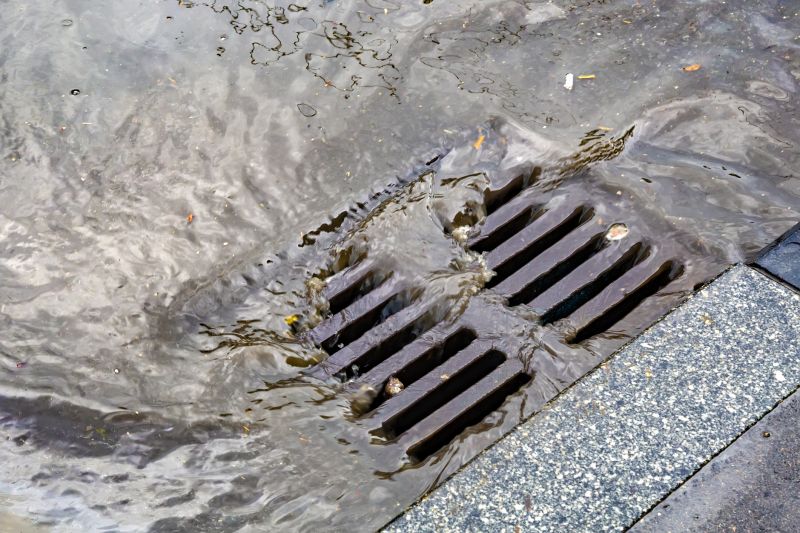
A 60-second routine that keeps Garden Drainage Service looking new.
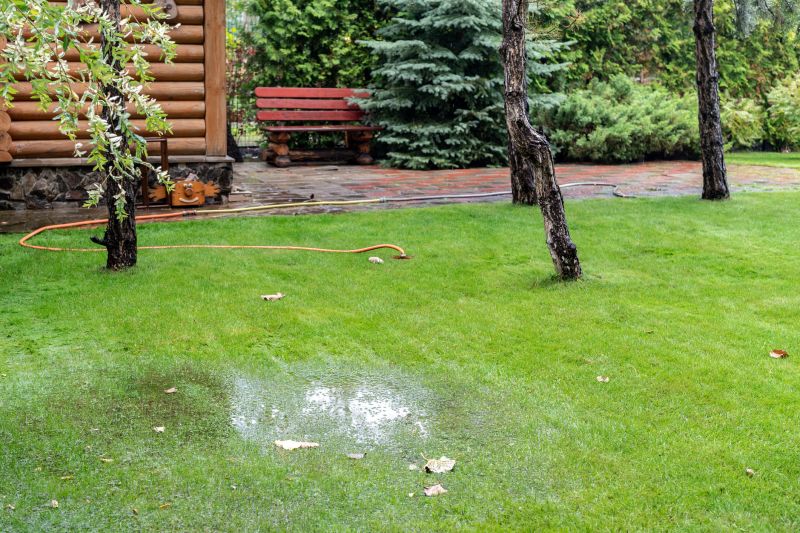
A frequent mistake in Garden Drainage Service and how to dodge it.

Small tweaks to make Garden Drainage Service safer and easier to use.
Interested parties are encouraged to contact for more information on scheduling garden drainage services. Proper timing and maintenance can significantly improve garden resilience against water-related issues, contributing to a healthier landscape.
